Introduction
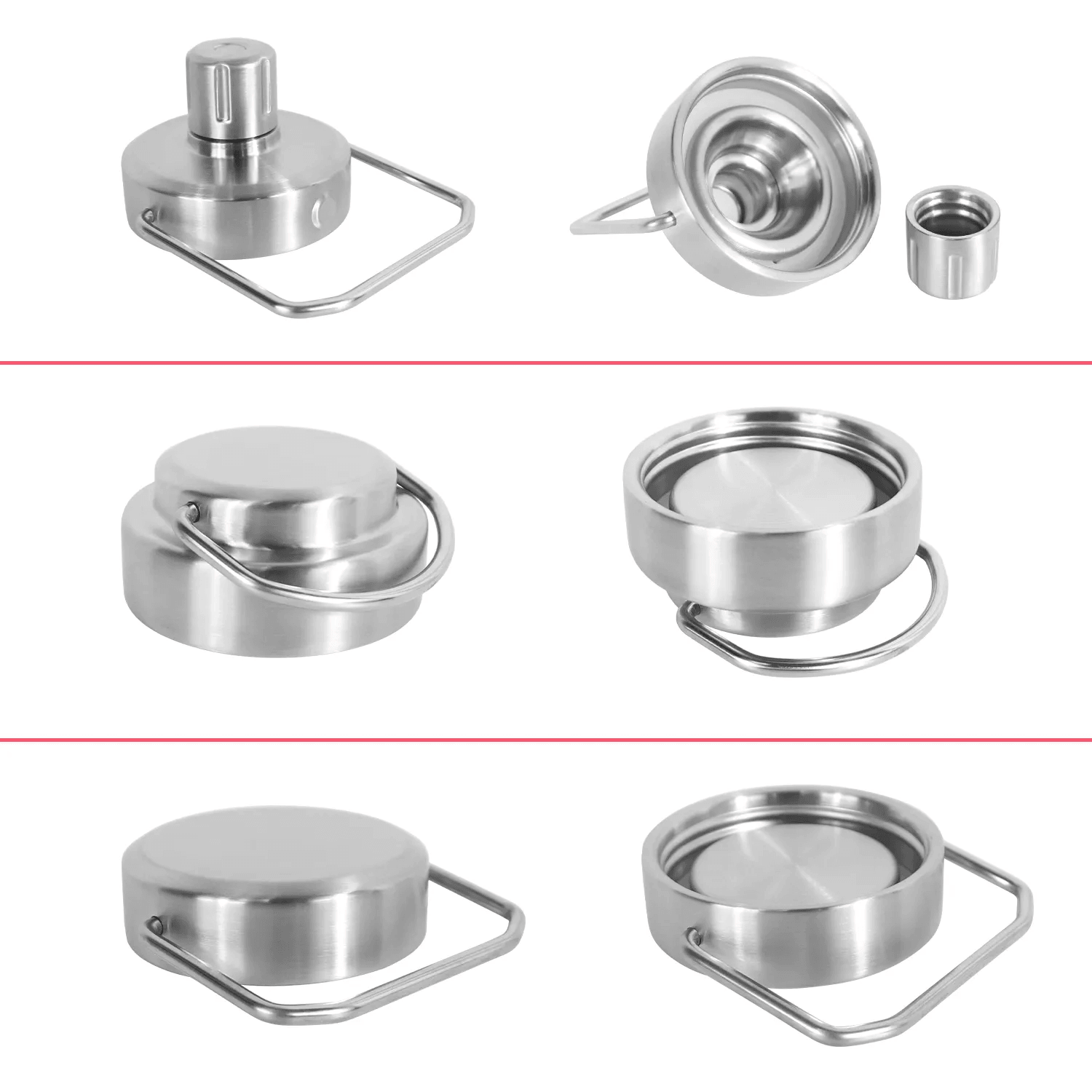
When it comes to choosing the right stainless steel for your needs, understanding the different grades is crucial. The battle of stainless steel grades, such as 304, 316, and 18/10, can be overwhelming, but the right choice matters more than you think.
Understanding Stainless Steel Grades
To make an informed decision, it's essential to comprehend the characteristics of each grade. From corrosion resistance to durability and safety, there are various factors to consider when comparing stainless steel grades.
The Battle of Stainless Steel Grades
The competition between stainless steel grades is fierce, with each one vying for the top spot in terms of performance and suitability for different applications. It's like a showdown where only the best grade will emerge victorious.
Why the Right Stainless Steel Grade Matters
Choosing the right stainless steel grade can have a significant impact on your daily life. From health and safety considerations to environmental sustainability, your choice of grade matters more than you might realize.
Stainless Steel Grade Chart
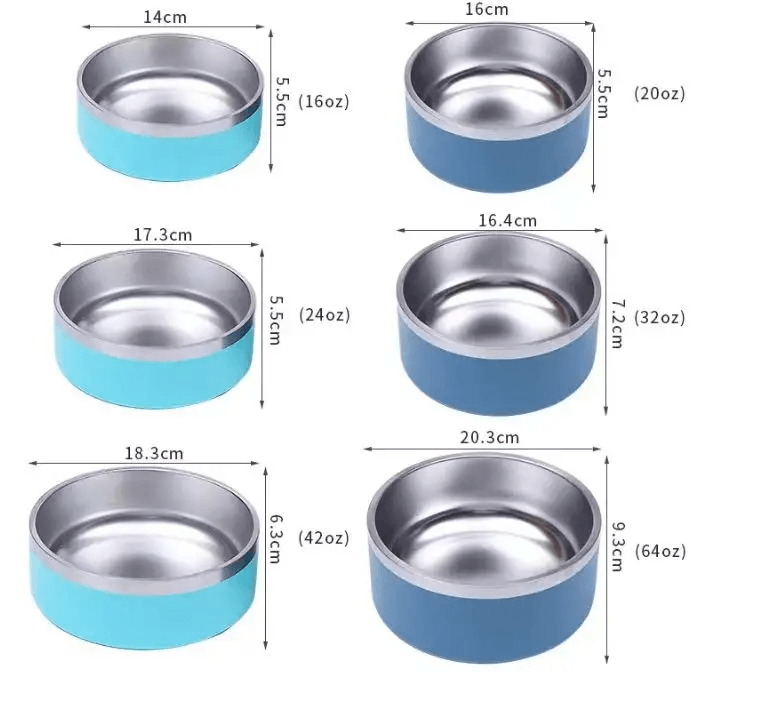
When it comes to choosing the right stainless steel grade, it's essential to understand the differences between popular options like 304, 316, and 18/10. Each grade has its unique properties and applications, making it crucial to compare them side by side in a stainless steel grade chart. This comprehensive overview will help you make an informed decision about what grade of stainless steel is best for your specific needs.
Comparing Stainless Steel Grades 304, 316, and 18/10
Stainless steel grades 304, 316, and 18/10 are widely used in various industries due to their corrosion resistance, durability, and aesthetic appeal. While grade 304 is suitable for most indoor applications, grade 316 is the best stainless steel grade for outdoor use, thanks to its superior resistance to harsh environmental conditions. On the other hand, grade 18/10 is known for its high nickel content and excellent rust resistance.
Grade 316 stainless steel is also known as marine grade stainless steel due to its high resistance to corrosion in marine environments. This makes it an ideal choice for applications such as boat fittings, coastal architecture, and outdoor structures exposed to saltwater and harsh weather conditions. Additionally, grade 316 stainless steel is commonly used in the food and pharmaceutical industries where hygiene and corrosion resistance are essential, making it a versatile and reliable option for various outdoor and indoor applications.
The Best Stainless Steel Grade for Outdoor Use
If you're looking for the best stainless steel grade for outdoor use, grade 316 is your top choice. Its exceptional corrosion resistance makes it ideal for marine environments or areas with high exposure to salt or chemicals. Whether you're installing outdoor fixtures or designing architectural elements, grade 316 ensures longevity and minimal maintenance.
Grade 316 stainless steel is also known for its aesthetic appeal, making it a popular choice for outdoor design elements. Its smooth, polished finish adds a touch of elegance to any outdoor space, whether it's a sleek railing system or a durable outdoor kitchen. This makes grade 316 not only a practical choice for outdoor use but also a visually appealing one, enhancing the overall aesthetics of any project.
Stainless Steel Grade Chart: A Comprehensive Overview
To navigate the complexities of stainless steel grades effectively, a comprehensive stainless steel grade chart is indispensable. This visual aid allows you to compare key characteristics such as composition, mechanical properties, and suitability for specific environments at a glance. With a detailed understanding of each grade's strengths and limitations, you can confidently select the best stainless steel grade for your intended application.
Navigating the complexities of stainless steel grades can be overwhelming, but with a comprehensive stainless steel grade chart, you can easily compare and contrast the key characteristics of each grade. This visual aid provides a quick and efficient way to understand the composition, mechanical properties, and suitability for specific environments of different stainless steel grades. Armed with this knowledge, you can confidently choose the best stainless steel grade for your intended application, ensuring optimal performance and longevity.
Durability and Longevity

Corrosion Resistance: 304 vs 316
When it comes to corrosion resistance, both stainless steel grades 304 and 316 are excellent choices. Grade 316, however, is known for its superior resistance to corrosion in harsh environments and is often used in marine applications or areas with high levels of pollution. On the other hand, grade 304 is more susceptible to corrosion in chloride environments.
Stainless Steel Grades 18/10: The Gold Standard
Stainless steel grade 18/10, also known as grade 304 with added nickel and chromium, is considered the gold standard for its durability and longevity. This grade offers exceptional resistance to corrosion, staining, and rusting, making it a popular choice for kitchenware and food processing equipment.
Which Stainless Steel Grade Lasts Longer?
In terms of longevity, stainless steel grade 316 tends to outlast grade 304 due to its higher corrosion resistance properties. However, the addition of nickel in grade 18/10 also contributes to its long-lasting durability. When considering which stainless steel grade lasts longer, it ultimately depends on the specific environmental conditions and usage requirements.
Health and Safety
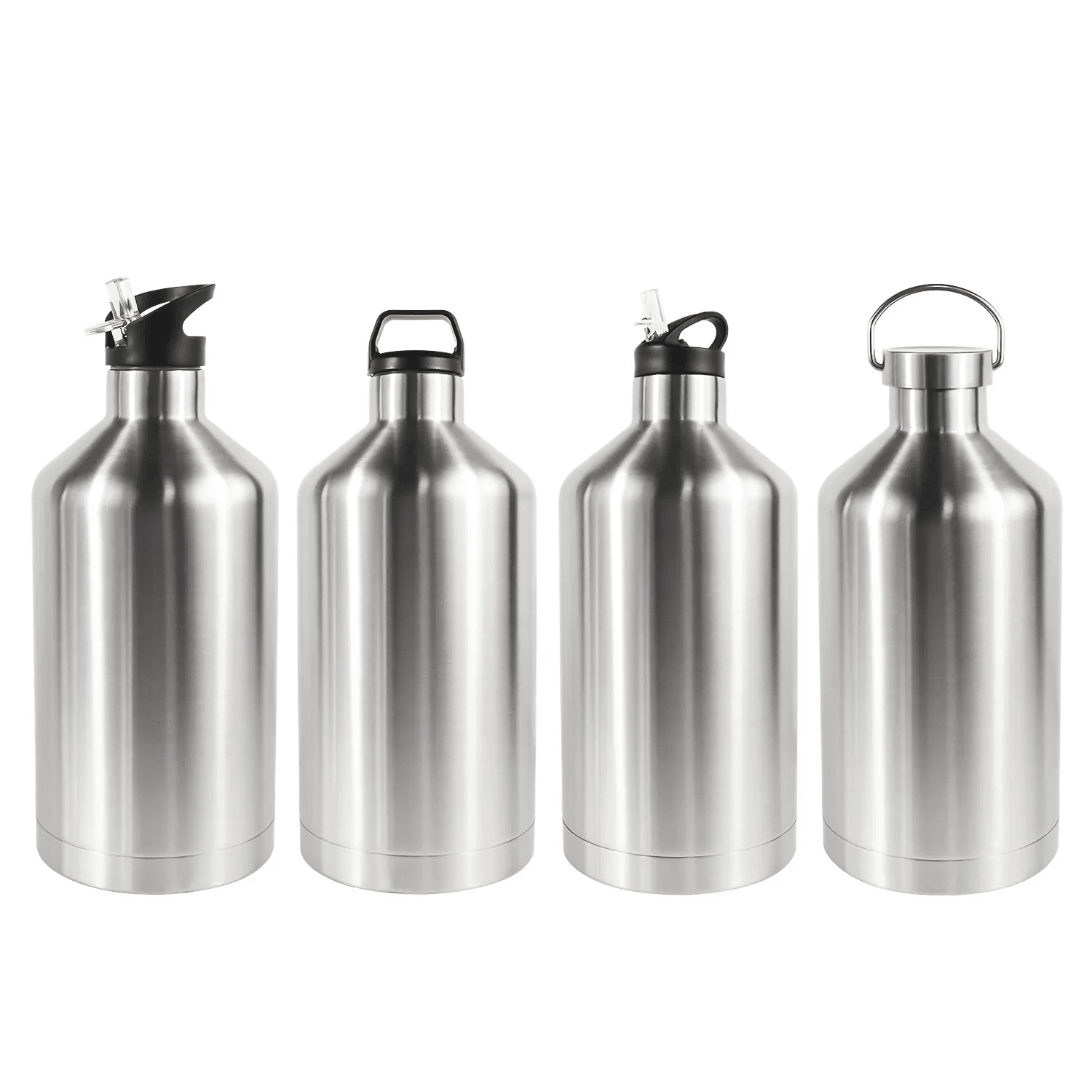
When it comes to the safety of drinking bottles, understanding the differences between stainless steel grades 304 and 316 is crucial. While both are considered safe for drinking, grade 316 offers higher corrosion resistance, making it the better choice for prolonged contact with liquids. The chromium content in grade 316 also makes it more resistant to pitting and crevice corrosion, ensuring the integrity of your drinking bottle over time.
Stainless Steel 304 vs 316: Which is Safer for Drinking?
In terms of safety for drinking, both stainless steel grades 304 and 316 are generally considered safe. However, if you want to ensure maximum safety and longevity for your drinking bottle, grade 316 is the better choice due to its higher corrosion resistance and durability. When it comes to health and safety, choosing the right stainless steel grade can make a significant difference in your overall well-being.
Understanding Stainless Steel Grade Chart's Impact on Your Health
The stainless steel grade chart provides valuable information about the composition and characteristics of different grades, allowing consumers to make informed decisions about their health and safety. Understanding how each grade may impact your health is essential when choosing a drinking bottle or other food-related products made from stainless steel. The right knowledge from the stainless steel grade chart can help you prioritize your health while enjoying the benefits of stainless steel products.
The Importance of Choosing the Right Stainless Steel Grade for Drinking Bottles
Selecting the appropriate stainless steel grade for drinking bottles is crucial for ensuring both safety and quality. With options like grade 316 offering superior corrosion resistance and durability compared to grade 304, consumers can make choices that align with their health priorities. By prioritizing the right stainless steel grade for drinking bottles, individuals can enjoy peace of mind knowing they have chosen a safe and reliable option for their hydration needs.
Environmental Impact
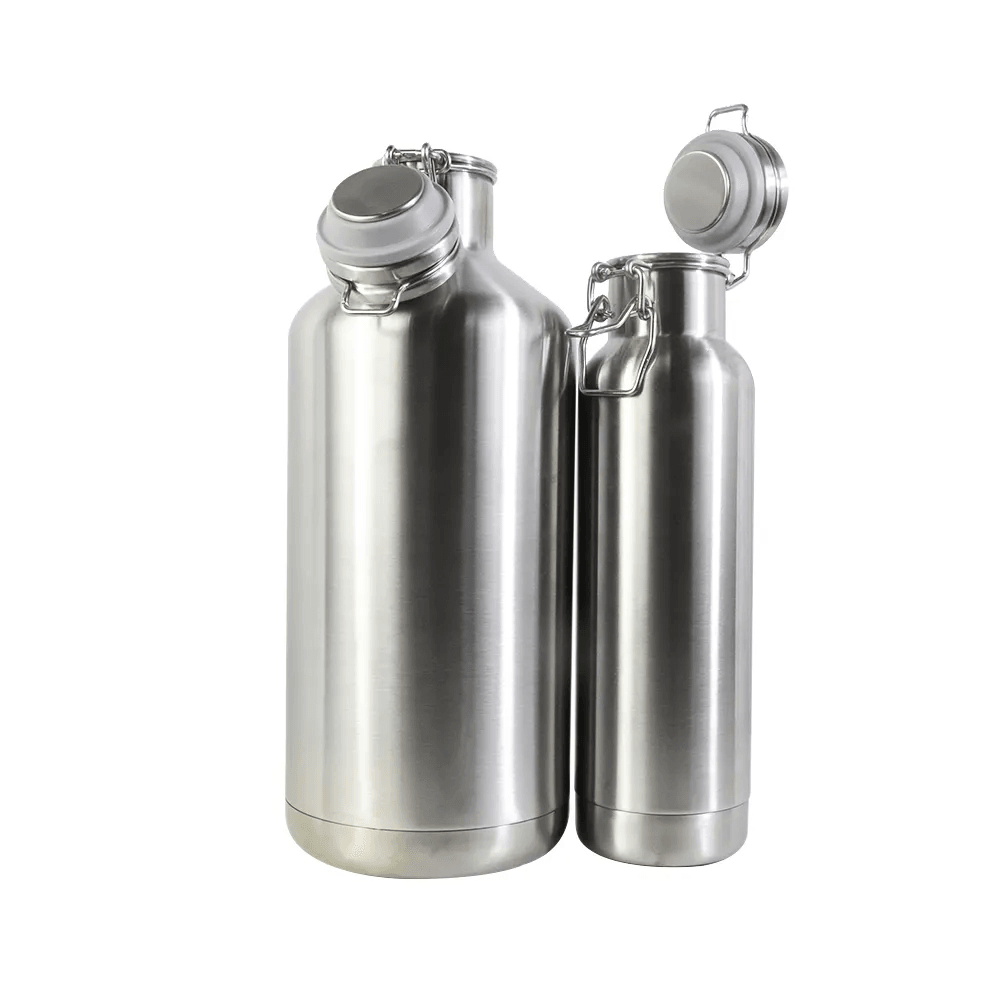
Sustainability of Stainless Steel Grades
When considering the environmental impact of stainless steel, it's important to note that all grades are highly sustainable. Stainless steel is 100% recyclable, making it an eco-friendly choice for consumers who prioritize sustainability. Whether you're using grade 304, 316, or 18/10, you can be confident in the fact that you're making a green choice for the planet.
Stainless Steel Grade Chart PDF: Considerations for Eco-Friendly Consumers
For eco-friendly consumers who want to delve deeper into the sustainability aspect of stainless steel grades, a comprehensive stainless steel grade chart PDF can provide valuable insights. This resource allows consumers to compare and contrast different grades based on their environmental impact, helping them make informed decisions that align with their values.
Making a Green Choice: Best Stainless Steel Grade for Sustainability
When it comes to choosing the best stainless steel grade for sustainability, all three grades - 304, 316, and 18/10 - have their merits. However, grade 316 stands out as an excellent choice due to its superior corrosion resistance and longevity. By opting for grade 316 stainless steel products, environmentally conscious consumers can make a green choice while enjoying durable and long-lasting items.
Which Grade is Best for You?

When it comes to choosing the best stainless steel grade for your needs, it's important to consider factors like durability, longevity, and environmental impact. The stainless steel grade chart provides a comprehensive overview of the different grades available, including 304, 316, and 18/10. Understanding the unique properties of each grade will help you make an informed decision about which one is best suited for your specific requirements.
Stainless Steel 304 vs 316: Which is Better for Your Needs?
Stainless steel grades 304 and 316 are both popular choices, but they have different properties that make them suitable for specific applications. While 304 is more affordable and corrosion-resistant, 316 offers superior corrosion resistance and is ideal for use in harsh environments such as marine settings or chemical processing plants. Consider your specific needs and environmental factors when choosing between these two grades.
Personalization and Stainless Steel Grades: Finding the Perfect Match
In addition to performance characteristics, personalization options can also influence your choice of stainless steel grade. Some grades may be more conducive to intricate designs or custom finishes, so if aesthetics are a priority for you, it's important to consider this aspect when making your selection. Whether you're looking for a sleek modern look or a classic finish, there's a stainless steel grade that can meet your personalization preferences.
Deciding on the Best Stainless Steel Grade for Your Lifestyle
Ultimately, the best stainless steel grade for you will depend on your lifestyle and how you plan to use the material. If you're looking for outdoor use, the best stainless steel grade should offer superior corrosion resistance to withstand exposure to the elements. On the other hand, if health and safety are your primary concerns, choosing a grade that is safe for drinking bottles is crucial.
Conclusion
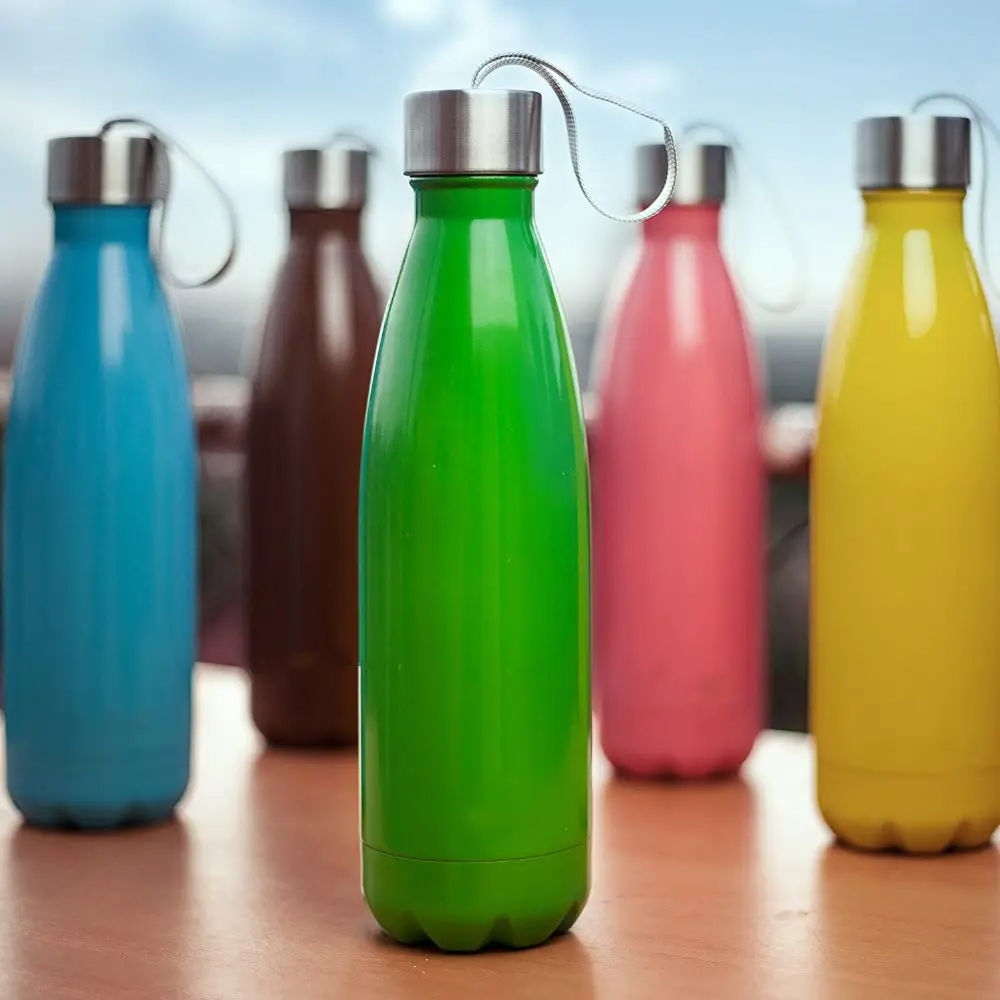
When it comes to choosing the best stainless steel grade for your needs, the stainless steel grade chart is your ultimate guide. Understanding what grade of stainless steel is best for outdoor use, drinking bottles, or sustainability is crucial in making informed decisions. Whether it's comparing stainless steel 304 vs 316 or finding the best stainless steel grade for your lifestyle, this comprehensive guide has got you covered.
The Ultimate Guide to Choosing the Best Stainless Steel Grade
In conclusion, the stainless steel grade chart provides a wealth of information to help you make the right choice. By understanding what are the 3 grades of stainless steel and their differences, you can confidently select the best stainless steel grade for your specific requirements. Elevate your hydration game with the ultimate guide to choosing the perfect stainless steel grade.
Making Informed Decisions: What Grade of Stainless Steel is Best
With a clear understanding of stainless steel 304 vs 316 which is better for durability and longevity, as well as health and safety considerations, you can make informed decisions about what grade of stainless steel is best suited for your needs. The comprehensive information provided in this guide empowers you to choose wisely and confidently.
Elevate Your Hydration Game with the Right Stainless Steel Grade
By considering factors such as corrosion resistance, sustainability, and personalization options, you can elevate your hydration game with the right stainless steel grade. Whether it's for outdoor use or everyday drinking bottles, this guide helps you find the best stainless steel grade that aligns with your lifestyle and values.
